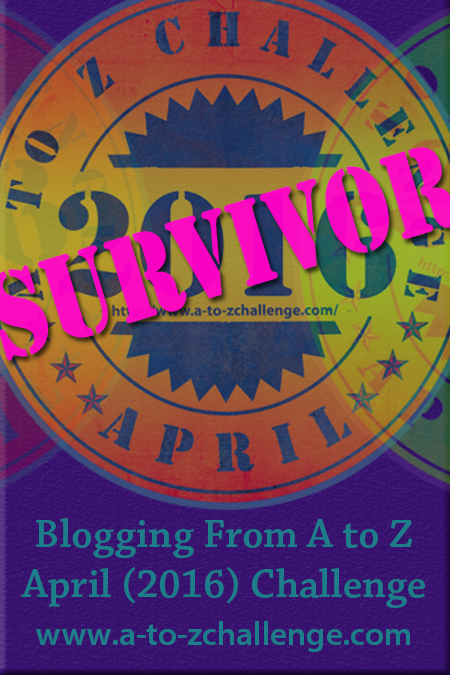Cape Scott
West Coast Vancouver Island
Rounding Cape Scott: Let the Adventure Begin!
Friday, July 19, 2013TheCambrians
A bull orca in Queen Charlotte Sound
We were up up early to depart Fury Cove by seven o’clock . . . all of us except Sally who has become increasingly difficult to rouse. Like most teenagers, she prefers to sleep until noon (she gets that from her father). But with a little coaxing (and possibly dragging) we got the job done and departed for Sea Otter Cove along the West Coast of Vancouver Island at 7:15 am – not too shabby . . . for us, anyway.
We had overcast skies with a light northwesterly breeze and generally good sea conditions with a low northwesterly swell through Queen Charlotte Sound, becoming a low southwesterly swell once we rounded Cape Scott, the top of Vancouver Island. Along the way, we saw several humpback whales through the sound and three large bull orcas (travelling solo) in the open waters past the cape, which always helps make the passage go by faster and today we the needed help – 62 nautical miles (close to 10 hours) all under motor.
Rounding Cape Scott, the top of Vancouver Island
The weather and sea conditions around Cape Scott, where dangerous rocks and shoals surround the coastline, are infamous. It’s here that the currents from the West Coast meet those of Queen Charlotte Sound and have their own particular rips, including waves that break or “dance” for no apparent reason during calm weather. When wind opposes tide, the currents can produce heavy seas and overfalls. The wind can change direction and severity quickly, and squalls can form or die down within an hour or less. To minimize any effect we might feel from the cape, we gave the shore a four mile offing and tried to arrive at or near slack tide, but needn’t have. Today the conditions were kind. And, as we continued down the coast to our destination, our excitement grew: This was it. The West Coast of Vancouver Island. After months of planning and waiting, we’d finally arrived. And the change was immediately evident. The coast is reputed to be true wilderness, and it definitely feels like it.
Approaching the entrance to Sea Otter Cove
The first protected anchorage along the way is Sea Otter Cove where the entrance is shallow and kelp-ridden in places but fairly straight-forward until you’re inside the basin – then it becomes quite tricky. There are several shoal areas within the inlet and the actual depths appear much less than those indicated on the charts. To make matters more difficult, the water is murky so you can’t see the approaching shoals, and the depth alarm went off more than once as we motored through the unmarked channel. The change came as a shock, at least to me. For the past five years we’ve been travelling (and anchoring) in deep waters, now suddenly there’s only a few feet to spare under our keel.
Though the bay itself is surrounded by hills that have been heavily logged and isn’t much to look at, there’s a lot to explore around Sea Otter Cove – from the Helen Islands near the entrance to Lowrie Bay, a white sand beach on the Pacific by way of a 1.5 mile primitive trail. But if you’re expecting to see otters, you’re in the wrong place. It was named after the Sea Otter, commanded by Captain James Hanna who visited the cove in 1786 and gave it its name. He was one of the early explorers involved in the trade which decimated the population. Otters were re-introduced to the coast in the 1970s, but haven’t returned to the cove yet: Can’t say that we blame them.












0 comments